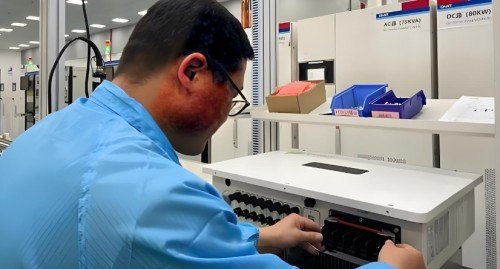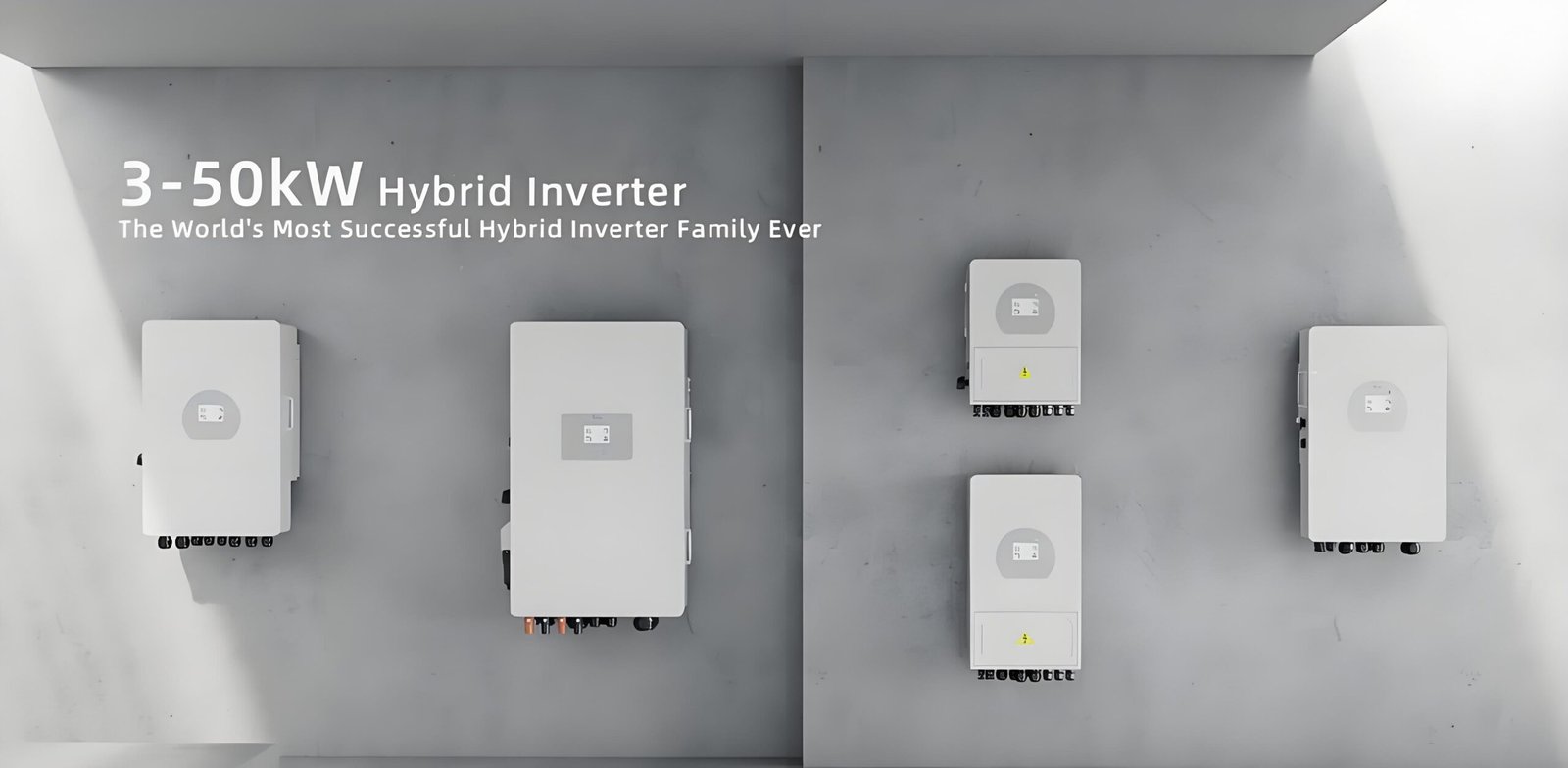Generators, inverters, and UPS systems are all devices designed to provide power, but they operate differently and serve different purposes. Understanding the distinctions between them can help you choose the right solution for your needs.
In short:
- A generator1 provides continuous power by converting mechanical energy into electrical energy, typically fueled by gasoline, diesel, or natural gas.
- An inverter2 converts DC power (from batteries or solar panels) into AC power and is used in renewable energy systems, requiring a source of DC electricity.
- A UPS3 (Uninterruptible Power Supply) provides immediate backup power from its internal batteries, typically for short durations, to protect sensitive equipment from power disruptions.
Generator
A generator is a machine that converts mechanical energy into electrical energy. It is typically used to provide power when there is no access to the grid or during power outages.

- How It Works: A generator runs on fuel, such as gasoline, diesel, or natural gas, and uses an engine to turn a rotor, which then generates electricity.
- Use Case: Generators are commonly used for backup power in homes, businesses, and outdoor events. They can provide high power output over long periods of time.
- Power Capacity: Generators vary widely in power capacity, from small portable generators (around 1kW) to large industrial ones (up to 1000kW or more).
- Advantages:
- Provides continuous power as long as fuel is available.
- Suitable for large loads and outdoor applications.
- Disadvantages:
- Requires regular fuel refills.
- Noisy operation.
- Produces emissions and requires ventilation.
Example: A 5kW generator might power a small house during a power outage, providing continuous electricity for appliances and lights.
Inverter
An inverter is an electronic device that converts direct current (DC) into alternating current (AC). It is often used in solar power systems and other applications requiring DC to AC conversion.

- How It Works: Inverters take power from DC sources like batteries or solar panels and convert it into AC power that can be used to power home appliances or electrical equipment.
- Use Case: Inverters are most commonly used in renewable energy systems, such as solar power installations, and can also be used for backup power.
- Power Capacity: Inverters typically range from 1kW to 10kW for residential use, but commercial models can handle much larger capacities.
- Advantages:
- Quiet operation.
- Energy-efficient, especially in solar systems.
- No fuel needed for operation.
- Disadvantages:
- Power output is limited to the capacity of the inverter.
- Requires a DC power source (e.g., batteries, solar panels).
- Not suitable for long-term continuous power like a generator.
Example: A 3kW inverter used with a solar power system can supply power to household appliances during the day, converting solar energy into usable AC power.
UPS (Uninterruptible Power Supply)
A UPS is a device that provides emergency power to electrical loads when the main power source fails. It is typically used to ensure that there is no disruption in power to critical equipment during short-term power outages.

- How It Works: A UPS uses batteries to supply power instantly when the main supply fails. It provides power for a short duration, allowing devices to either continue operating or shut down properly.
- Use Case: UPS systems are primarily used for computers, servers, medical equipment, and other sensitive electronics that require a continuous power supply without interruption.
- Power Capacity: UPS systems generally range from small units providing backup power for computers (from 500VA to 10kVA) to large systems that can support whole buildings.
- Advantages:
- Provides immediate power backup during a grid failure.
- Prevents data loss or damage to sensitive equipment.
- Allows time to safely power down equipment or switch to a backup generator.
- Disadvantages:
- Provides only limited power for a short time (typically 5–30 minutes).
- Batteries need to be replaced periodically.
- More expensive for higher power capacities.
Example: A 1kVA UPS can keep a desktop computer running for a few minutes during a power outage, allowing you to save your work and shut it down safely.
Summary
| Feature | Generator | Inverter | UPS (Uninterruptible Power Supply) |
|---|---|---|---|
| Power Source | Fuel-powered (gasoline, diesel, etc.) | DC power (from solar panels, batteries) | AC mains (backed by internal batteries) |
| Power Duration | Long-term (depends on fuel supply) | Depends on DC source capacity | Short-term (usually minutes) |
| Primary Use | Backup or continuous power supply | Conversion of DC to AC (solar systems) | Emergency power backup for sensitive equipment |
| Capacity | High (up to 1000kW and more) | Moderate (1kW to 10kW for residential) | Limited (500VA to 10kVA) |
| Noise Level | Noisy | Silent | Silent |
| Fuel Requirement | Requires fuel (gasoline, diesel) | No fuel required | No fuel required |
| Cost | Varies based on size (from €200 to €5000+) | Varies (€100 to €5000+) | Varies (€50 to €5000+) |
Key Differences:
- Generators provide long-term power through fuel, suitable for high-power needs but are noisy and require refueling.
- Inverters convert DC to AC and are often used in renewable energy systems, but they require a continuous DC source like solar panels or batteries.
- UPS systems offer short-term backup power to prevent data loss or damage to equipment during a brief power outage.
When choosing between these devices, consider your power needs, budget, and the duration for which you need backup power.
Footnote:
-
This link explains what a generator is, its fuel types, and how it converts mechanical energy into electrical energy. ↩
-
This link describes what an inverter does, its role in converting DC to AC power, and its applications in solar systems. ↩
-
This link explains UPS systems, their purpose, and how they provide short-term power backup for critical devices. ↩




